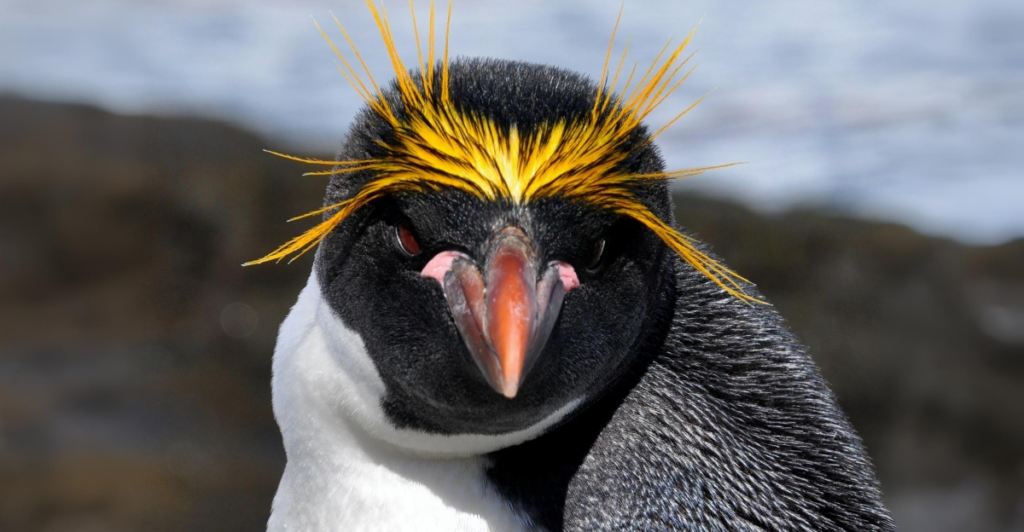
Penguins are some of the most interesting creatures and have a few incredible species worth knowing about. While many people picture the icy landscapes of Antarctica when they think of penguins, these remarkable birds inhabit a diverse range of environments across the Southern Hemisphere. There are around 17 – 19 species, but some are unique.
1. Emperor Penguin

These are some of the largest penguins around. They stand up to 1.3 meters tall and thrive in Antarctica’s harshest conditions. These tuxedo-wearing penguins can be distinguished by their yellow auricular patches and pale yellow breasts. They can dive up to 550 meters to hunt fish, squid, and krill, which is pretty incredible.
They have one of the most extraordinary breeding rituals, where males endure the Antarctic winter by balancing a single egg on their feet for over two months, shielding it within a specialized brood pouch while fasting in temperatures as low as -60°C. They have remarkable adaptions to help them survive, like heat-recycling nasal chambers, dense feather insulation, and energy-saving huddles that rotate members to share warmth and can live for up to 20 years.
2. Fiordland Penguin
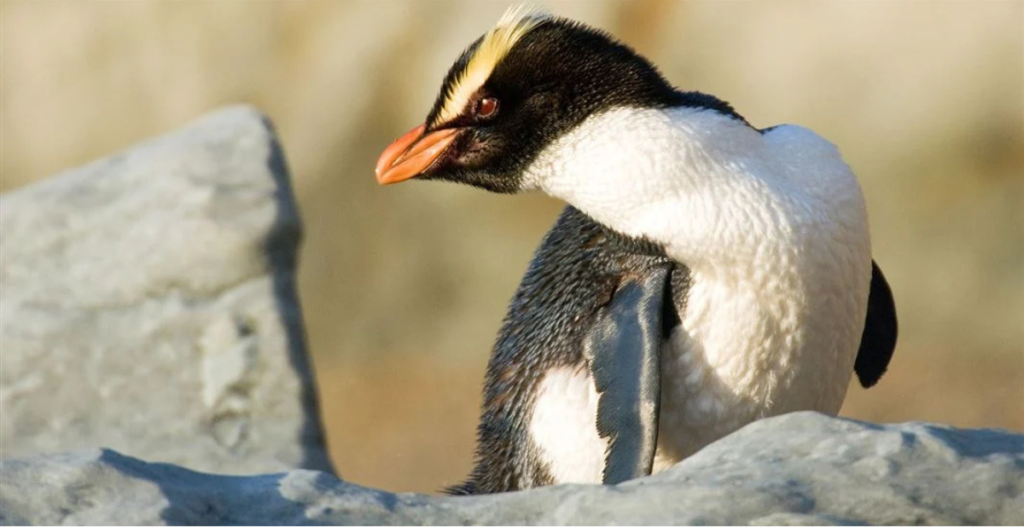
The Tawaki stands out from other crested penguin species through its bold yellow crest and distinctive white-striped cheeks. Native to New Zealand’s remote southwestern coasts, Stewart Island, and offshore islands, this nocturnal bird nests in secluded rainforest hollows, sea caves, or under dense coastal shrubs, often choosing sites hidden from neighboring pairs.
Unlike most penguins, tawaki follow a unique nocturnal rhythm, remaining active on land at night to avoid predators while sheltering in nests during daylight. Predators like stoats and dogs and habitat disturbance threaten these unique penguins. They have quite a strange breeding strategy where their smaller first-laid egg is often abandoned, favoring the survival of the larger second egg.
3. Galápagos Penguin
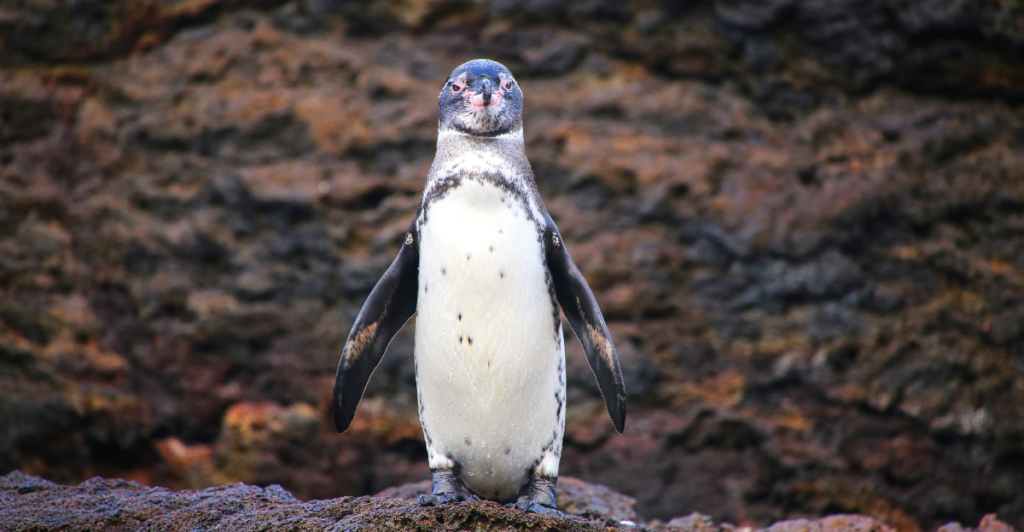
This little guy is the only penguin found north of the equator, and it thrives in the volcanic archipelago’s unique ecosystem. Measuring just 19 inches long and weighing around 5.5 pounds, it is the smallest South American penguin, adapted to equatorial heat through bare skin patches for heat release, panting, and postures like stretching flippers to shade its feet.
Over 95% of the population nests on Fernandina and Isabela Islands, nesting in lava crevices to escape predators and scorching sun. They face severe threats from El Niño events, which disrupt food supplies, and human interference has also led them to be endangered, with less than 2,000 penguins left.
4. Macaroni Penguin
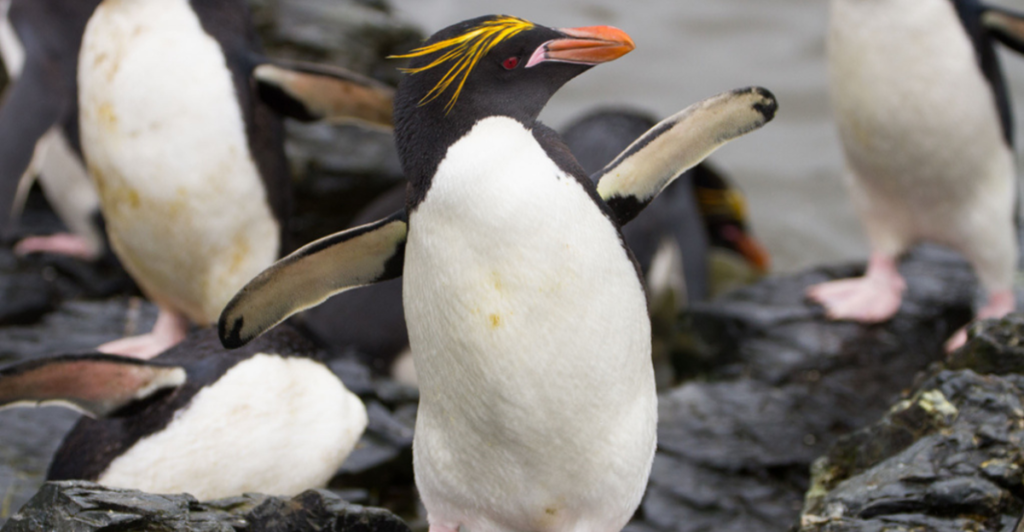
These unique birds are known for their vibrant golden-yellow crest. They thrive in massive colonies across the Antarctic and Antarctic Peninsula, with some gatherings exceeding 2.5 million birds. These penguins can be dramatic if they want to be and can often be seen bill-jousting and flipper-battering to defend their nests. Males fast for weeks while guarding chicks, which later form crèches as both parents forage.
Despite a global population of 12.6 million, they face rapid declines due to climate-driven krill shortages, overfishing, and oil pollution.
5. Chinstrap Penguin
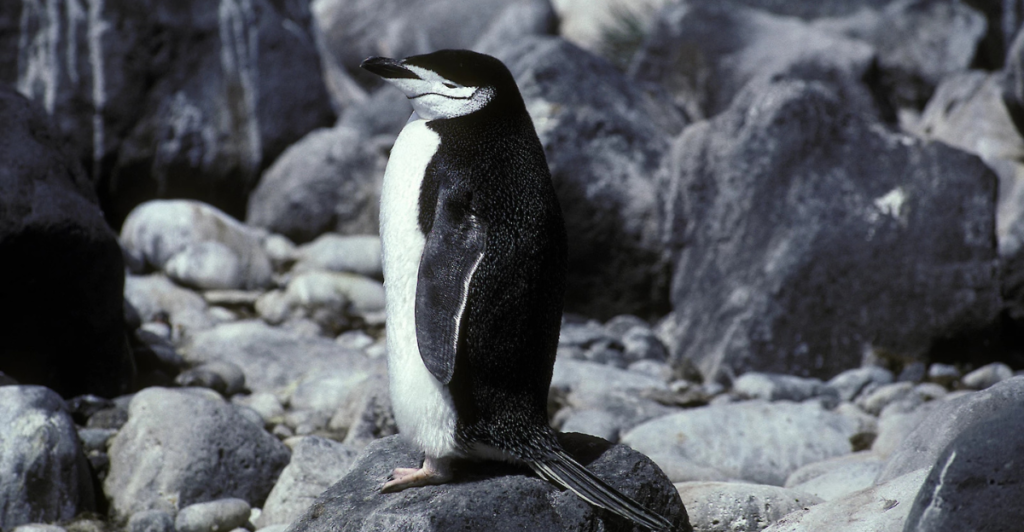
These penguins are so unique because it looks like they are wearing a little helmet on their heads with a chin strap. These birds have remarkable numbers, as there are more than 10 million birds on remote volcanic slopes like Zavodovski Island. These medium-sized penguins hunt krill, fish, and squid, diving up to 70 meters during midnight and noon foraging peaks, often swimming at 30 km/h to evade leopard seals.
These penguins have aggressive territorial behavior. They build stone nests on steep terrain and equally nurture two eggs, a rarity among penguins. Their chicks form protective crèches at 20–30 days old before fledging at 50–60 days.
6. African Penguin
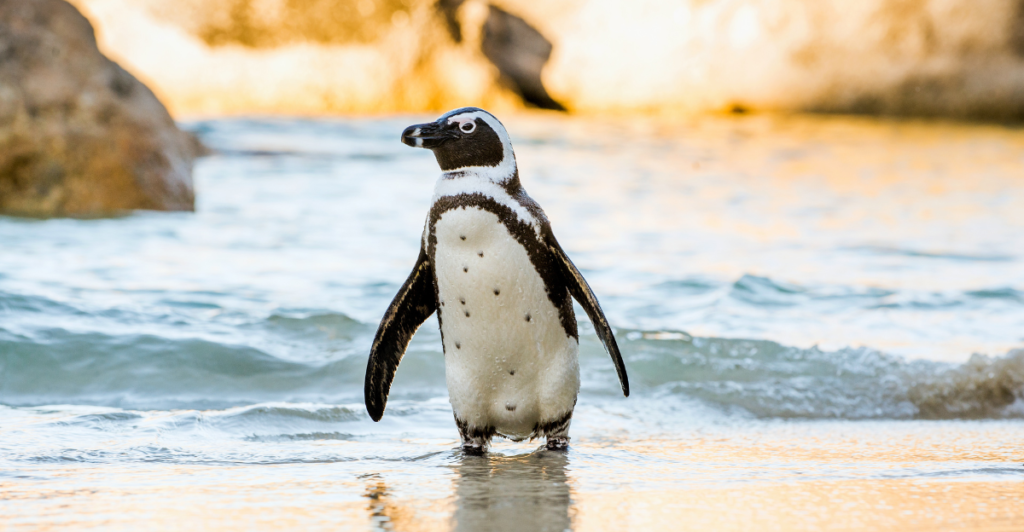
These little guys are the only penguin species breeding on Africa’s coast, where they thrive in colonies from Namibia to Algoa Bay, South Africa, including mainland sites like Boulders Beach where people can have open encounters with them. Adapted to both cold currents and warm climates, they forage up to 130 meters deep for anchovies, sardines, and squid, though overfishing has forced a shift to less nutritious prey.
Monogamous pairs share incubation duties, but chicks face high mortality from heat and predators, often forming crèches for protection. With fewer than 40,000 individuals remaining, they are endangered due to habitat loss, food scarcity, and oil spills.
7. Royal Penguin

This remarkable bird can be distinguished by its bold golden-yellow crest and pale gray-white face; it is the largest crested penguin species, standing up to 76 cm tall and weighing 4–6 kg. Unlike their close relative, the macaroni penguin, royals exhibit a unique pale facial contrast to their black heads and are slightly larger. Monogamous pairs collaborate to incubate two eggs, typically prioritizing the larger second egg—a common crested penguin strategy.
Their diet revolves around krill, supplemented by small fish and squid, which they hunt in shallow dives near shore. Once hunted for oil, their population stabilizes around 850,000 breeding pairs, though they remain vulnerable due to climate change and human impacts on prey availability.
8. Northern Rockhopper Penguin
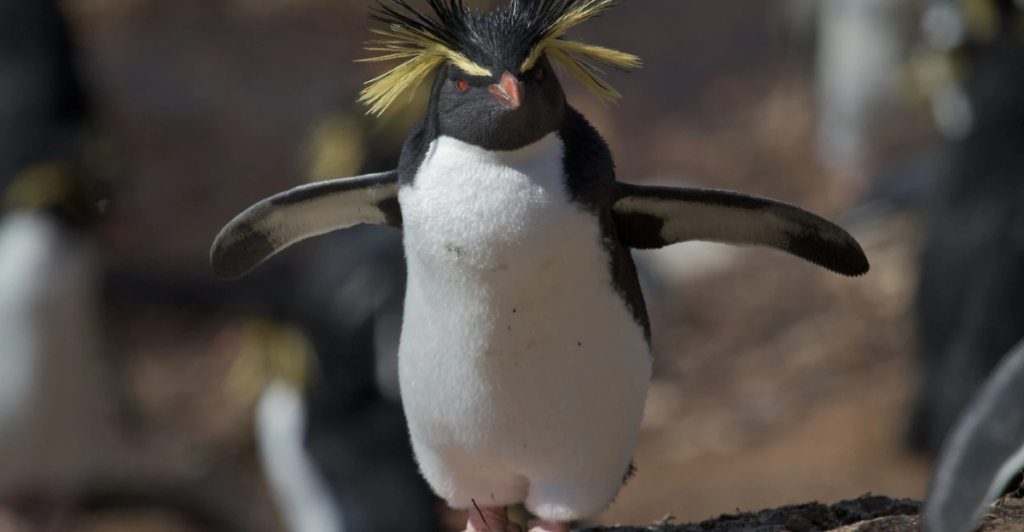
These penguins are known for their vibrant yellow crest plumes and piercing red eyes, and they thrive on remote islands like Tristan da Cunha and Gough Island in the South Atlantic. They mainly nest in dense colonies on rocky shores or beneath tussock grasses. Known for their agile hopping across jagged terrain, these small yet hardy penguins dive up to 100 meters to hunt krill, squid, and small fish, adjusting their foraging depths seasonally to track prey.
Monogamous pairs reunite annually, with males arriving first to claim nesting sites. They often defend them through bill-jousting and head-swinging. Listed as endangered, their populations face sharp declines due to climate change disrupting food supplies, overfishing, and oil spills.
9. Yellow-eyed Penguin
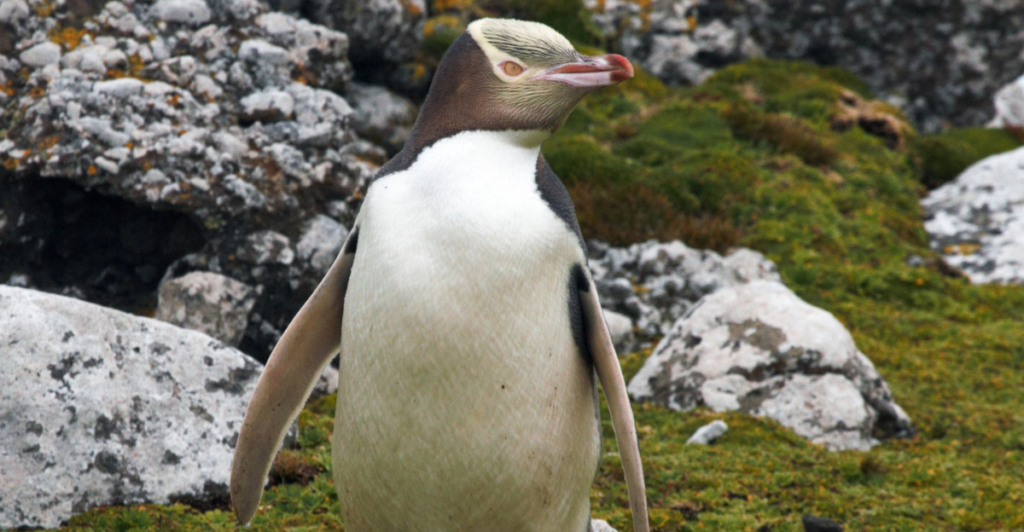
This penguin, known as the hosho (Maori for “noise shouter”), is one of the world’s rarest penguins, distinguished by its pale yellow eyes and a vivid yellow band encircling its head. They are mainly found in New Zealand’s South Island, Stewart Island, sub-Antarctic Auckland, and Campbell Islands. Adults dive to 120 meters to hunt fish like red cod and opal fish, foraging up to 25 km offshore.
Breeding pairs share incubation duties and guard chicks in hidden nests, though bacterial outbreaks and heat stress have caused catastrophic chick mortality.
Explore more of our trending stories and hit Follow to keep them coming to your feed!

Don’t miss out on more stories like this! Hit the Follow button at the top of this article to stay updated with the latest news. Share your thoughts in the comments—we’d love to hear from you!







